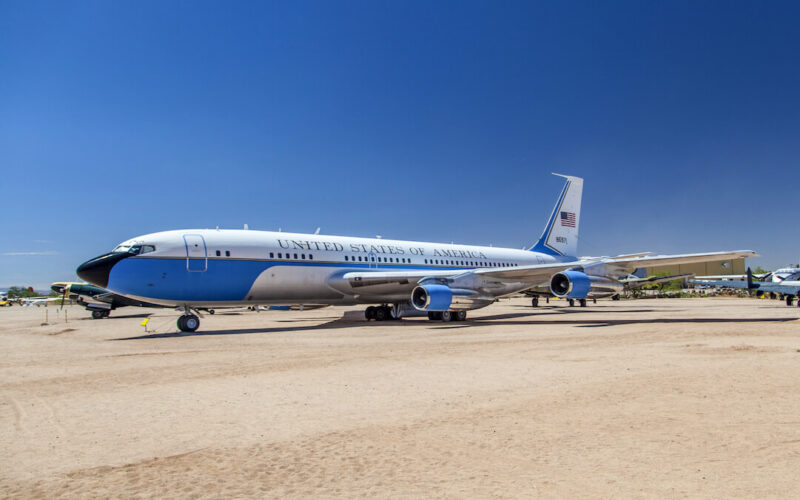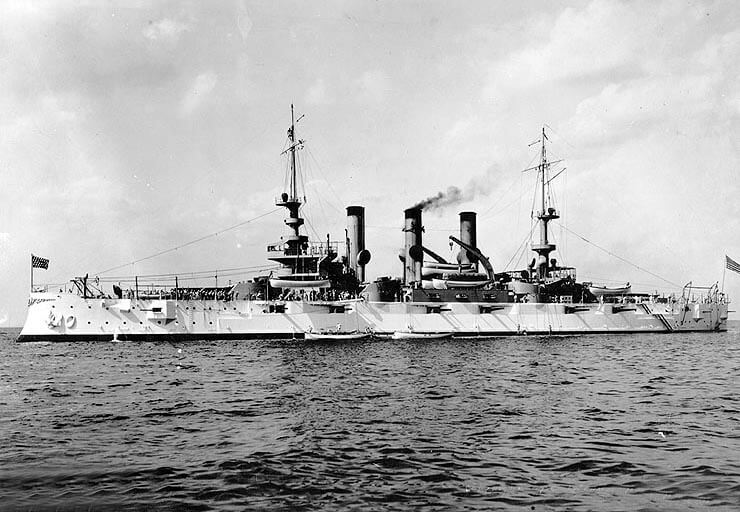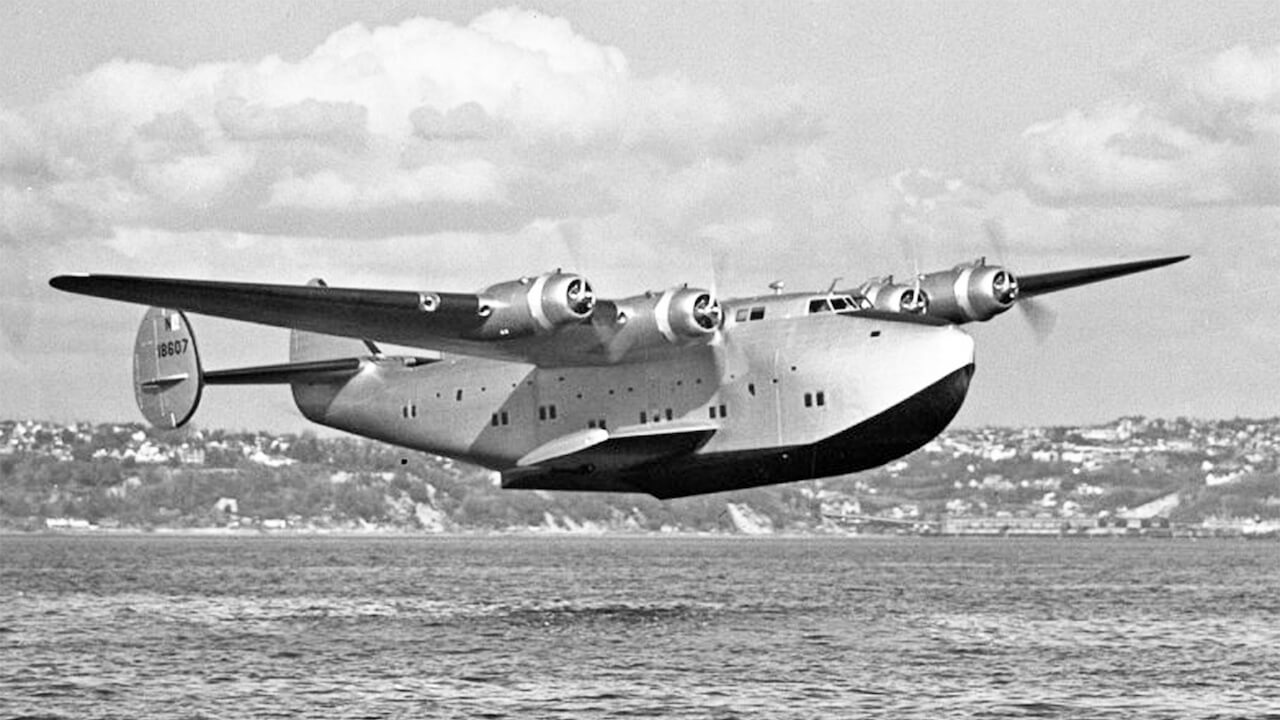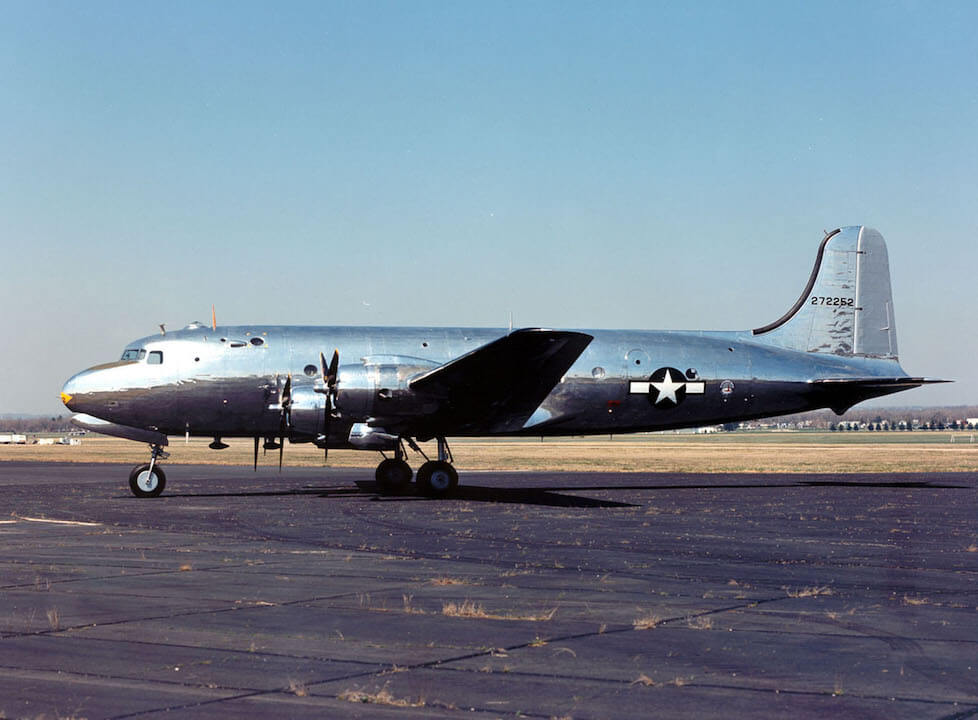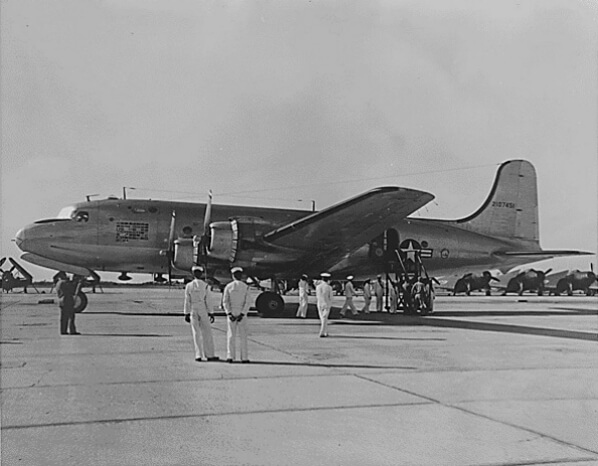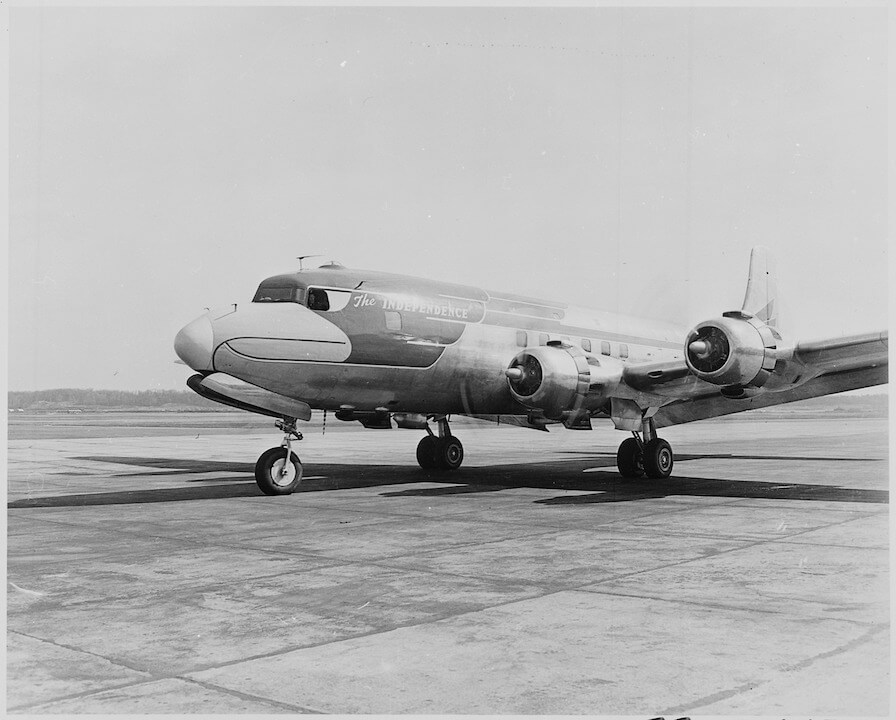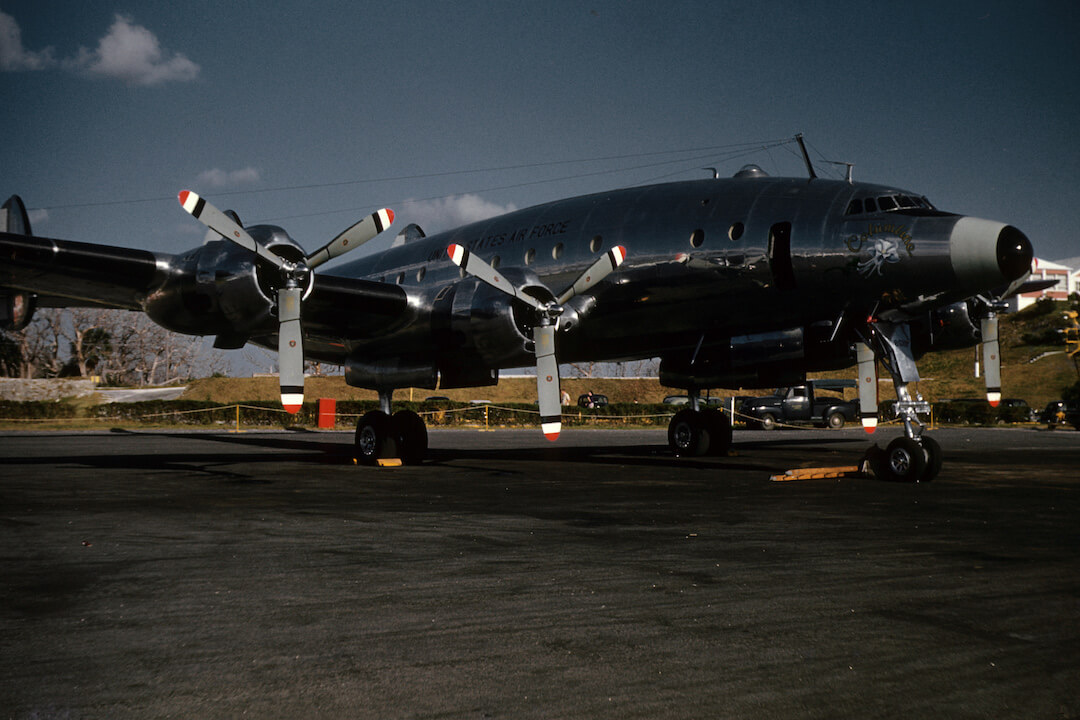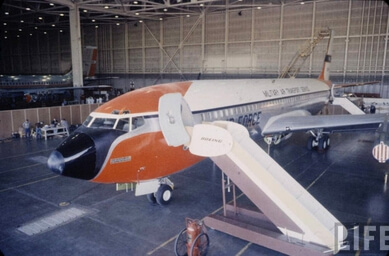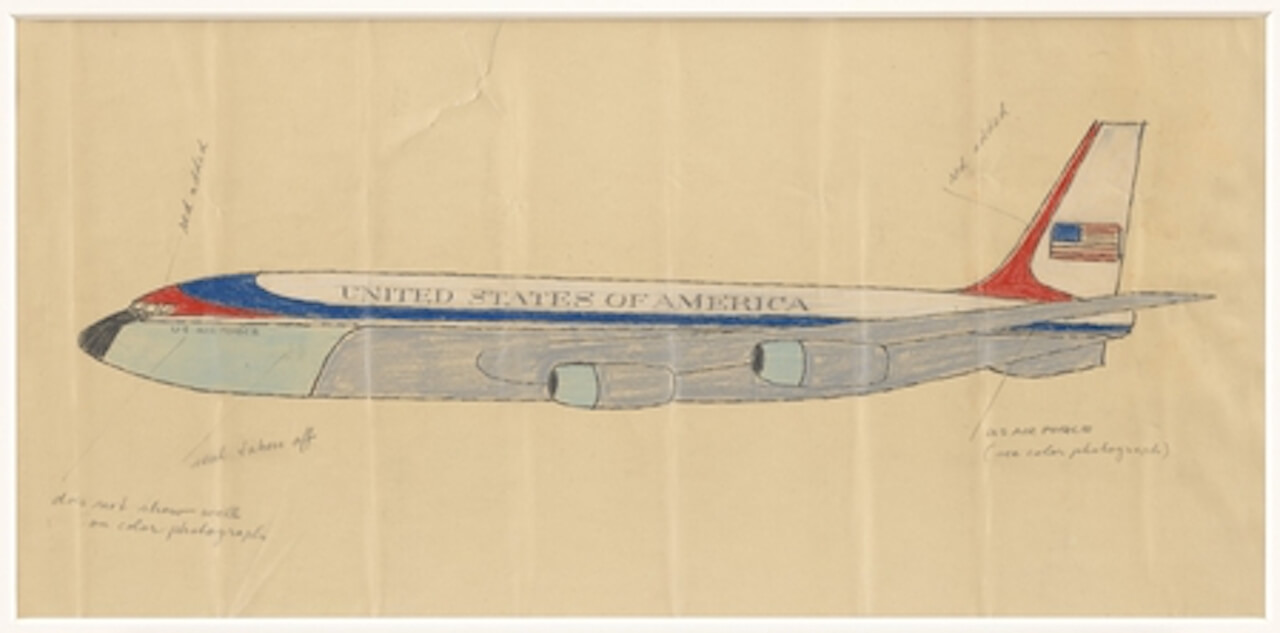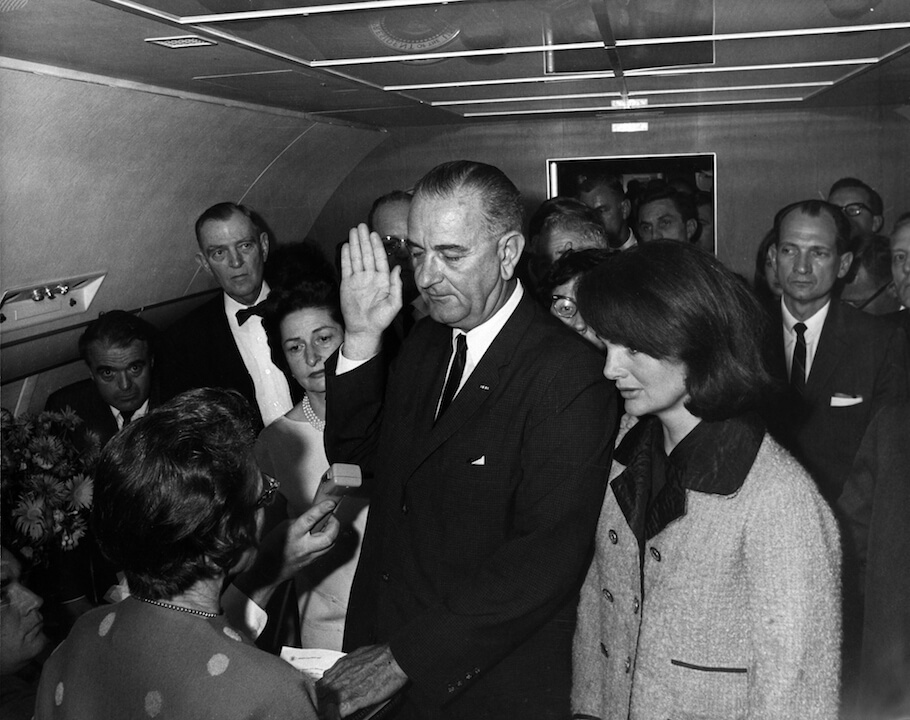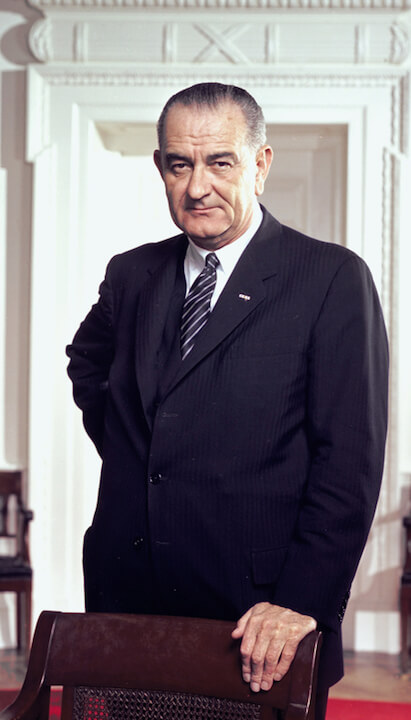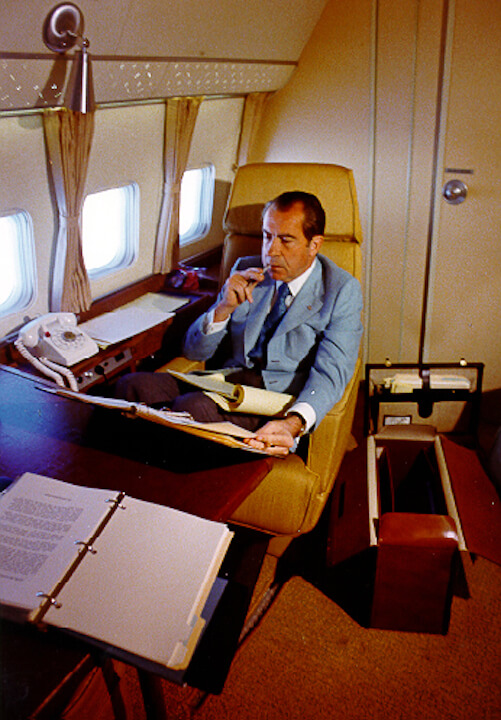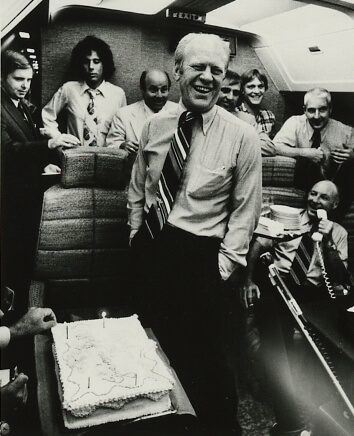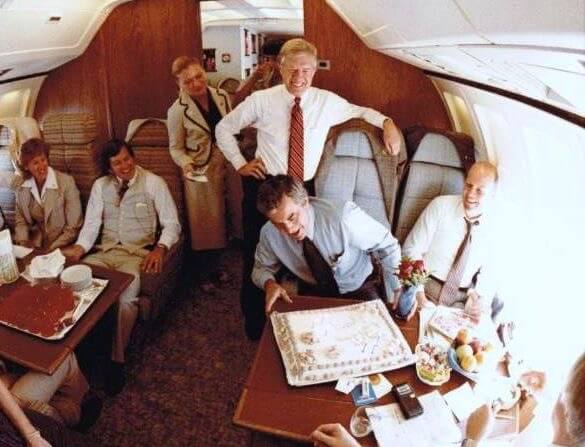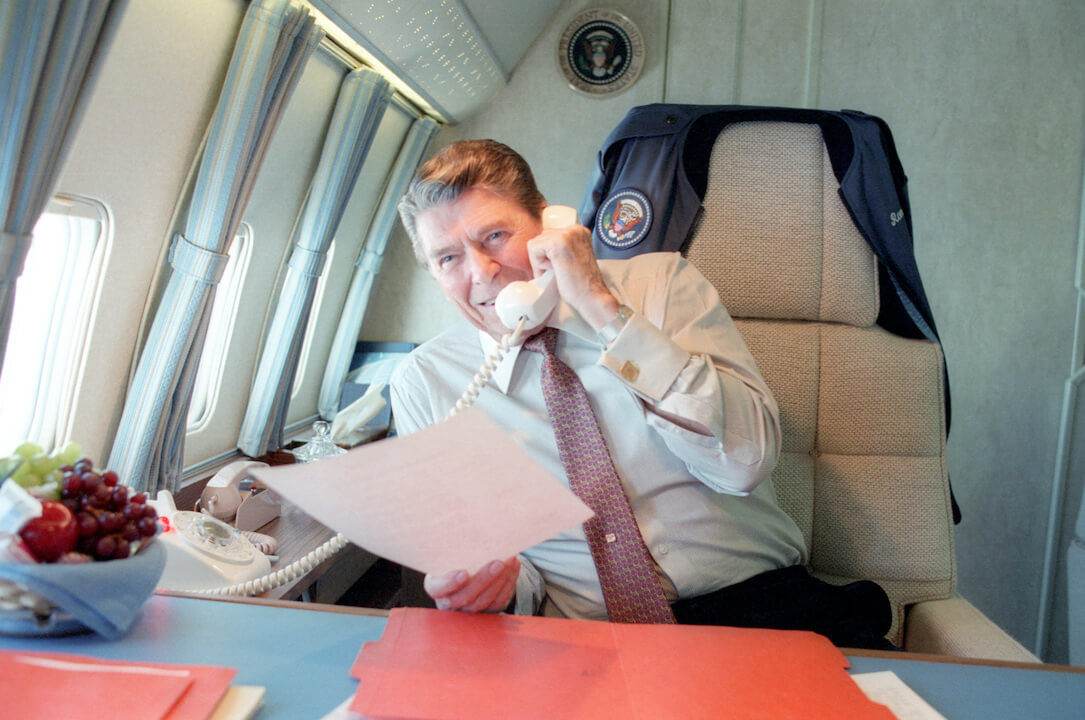In aviation, nothing is more synonymous with ‘North America’ than #AirForceOne. Blockbuster movies have been named after it. Books have been written about it. There is absolutely no doubt that Air Force One is one of the most famous and iconic aircraft in history.
While it’s exciting to explore the next generation of Air Force One aircraft, it’s also important to look back at how presidential aircraft have evolved through the decades. After all, it’s been almost 80 years since the first US presidential flight, and Air Force One has certainly come a long way since then.
As we look forward to 2024, when the new Air Force One (which will reportedly cost more than $5 million) will enter service, AeroTime looks back at US presidential planes from 1943 to 1990, chronicling the evolution of one of history’s most iconic aircraft and the aircraft that preceded the iconic Boeing 747.
Theodore Roosevelt (in office 1901 -1909)
Technically, Theodore ‘Teddy’ Roosevelt did not officially fly as president of the United States, but he was the first president to travel outside the country while still in office.
During the early 20th century, train travel was the way to go, and if the president was required to leave the country, he would need to sail. Crossing the Atlantic in the early 1900s took about five days.
The USS Louisiana. Image source: Wikipedia
Since travel was time-consuming, presidents rarely went overseas at the time, remaining close to the seat of power instead. In 1906, Roosevelt had to inspect work being carried out on the Panama Canal. He embarked on a 17-day trip to South America aboard a 16,000-ton battleship, the USS Louisiana.
That trip made Theodore Roosevelt the first US president to travel abroad while still in office.
The first presidential flight
Franklin D. Roosevelt (in office 1933-1945)
In a twist of fate, it was another Roosevelt who made history in terms of presidential travel.
Franklin D. Roosevelt, the fifth cousin of Theodore Roosevelt, was the first US president to travel by plane in 1943.
At that time, Franklin Roosevelt needed to join other allied leaders, including British Prime Minister Winston Churchill, for a secret conference in Casablanca, Morocco.
Franklin Roosevelt avoided sailing, the usual mode of transportation at the time, as the journey would have taken at least a week.
Boeing 314 the Dixie Clipper. Image source: Wikipedia
The president traveled on board a commercial Boeing Clipper flying boat, the Dixie Clipper, and, although the plane was not designed for presidential use, it inspired the government to create an aircraft dedicated to flying the president.
The Sacred Cow
A modified Douglas VC-54C Skymaster was chosen to fly the US president. It was a Consolidated C-87A liberator express, a transport version of the B-24 bomber, with a top speed of 245 mph and a range of 3,600 miles.
The ‘Sacred Cow’. image source: Wikimedia
But the aircraft also had a low door, which was helpful to President Franklin Roosevelt, whose legs had been permanently paralyzed in 1921, after contracting polio. The low door made it easier for secret service agents to lift the president, who was in a wheelchair, inside the aircraft.
Eventually, a large custom-made ramp had to be connected to the aircraft so Roosevelt could easily board and leave the aircraft in his wheelchair. However, this method was short-lived as the ramp’s presence easily gave away the president’s arrival or departure.
An engineer from Douglas designed a special lift to hoist the wheelchair in and out of the aircraft. It was placed at the rear of the aircraft so that it lifted the president straight to the entrance of his onboard office.
The ‘Sacred Cow’ in 1948. Image from Wikimedia Commons
The lift was not the only nifty feature included in the first presidential aircraft. The plane was also equipped with a conference room, bullet-proof windows, a private lavatory next to the presidential seat, an electric refrigerator, and even a fold-down bed.
The aircraft was officially named ‘The Flying White House’ but, due its size and how it was heavily guarded, the press dubbed it the ‘Sacred Cow’.
The Sacred Cow’s inaugural flight took place in February 1945, when President Roosevelt attended the Yalta Conference in the Crimea. Unfortunately, it proved to be his first and only flight aboard the first presidential aircraft as he died two months later due to a hemorrhagic stroke.
Harry Truman (in office 1945-1953)
The 33rd US president, Harry Truman, inherited The Sacred Cow. But in 1947, the Douglas Aircraft Company rolled out the more modern DC-6, replacing the aging ‘Flying White House’.
The DC-6 boasted a pressurized cabin, which meant greater comfort for passengers. It also featured the latest in aircraft instrumentation at the time – radar.
But rather than allow the press to name the aircraft, the presidential pilot and the president’s office opted for the name ‘Independence’, after President Truman’s hometown in Independence, Missouri.
The Independence. Image from Wikipedia
The Independence boasted a large stateroom, which could be converted into a bedroom, and had room for an additional 25 passengers. A fully-stocked kitchen in the galley ensured that meals could be prepared for everyone onboard.
Also known as the C118 Liftmaster, the Independence had a cruising speed of 320mph, and a range of 4,400 miles.
Dwight D. Eisenhower (in office 1953-1961)
In January 1953, Dwight D. Eisenhower was elected as the 34th president of the United States. Rather than inheriting the presidential aircraft from the previous administration, Eisenhower chose a new presidential plane and crew.
By Tupelo the typo fixer – Own work, CC BY-SA 4.0
Eisenhower was a private pilot himself and served as Supreme Commander of the Allied Expeditionary Force in Europe during the Second World War. He chose the Lockheed Constellation, a C-121 with tail number 8610. The aircraft had a top speed of 376 mph and a range of 5,800 miles.
He named the presidential plane ‘Columbine’, after the state flower of Colorado, the First lady’s hometown.
Air Force One
During the 1950s, standard US Air Force procedure was to designate a flight by its tail number.
In 1953, this led to a case of mistaken identity during radio communication between the Washington air traffic control in Richmond, the presidential plane, and an Eastern Airlines flight, which had been given the same designated flight / tail number.
While confusion was easily averted, officials realized that the method of giving aircraft a call signal name by using its tail number could eventually lead to accidents.
The mix-up led traffic control to officially designate any aircraft flying the president as AIR FORCE ONE.
Air Force One is not one single aircraft. Any aircraft can be given the radio signal and be identified as Air Force One as soon as the president of the United States steps on board.
Until the president leaves that aircraft, regardless of its size, make, and model, it carries the radio call sign ‘Air Force One’. When the aircraft carries the Vice President of the United States, the radio call sign is ‘Air Force Two’.
Bye bye, propeller
The first presidential plane to be given the radio signal of Air Force One, the Lockheed Constellation was sleek, but it was still operated by propellers.
By the late 1950s, Russian government delegates were already being transported by jets, so the US presidential office decided to keep up with the times.
The B707 livery during President Eisenhower’s time
By NR Farbman/Life Magazine , Fair use,
In 1958, the B707, Boeing’s first jetliner, was chosen as the next presidential plane.
In 1959, the Air Force took delivery of the first new jet at the Boeing Seattle plant.
The aircraft set a new coast to coast speed record during its flight back to Washington, taking just three hours and 44 minutes.
The B707 became the official Air Force One until the aircraft were replaced by the B747-200s in 1990.
John F. Kennedy (in office 1961-1963)
The young, modern and much-loved presidential couple, John and Jacqueline Kennedy brought a stylish change to Air Force One by changing its livery.
Raymond Loewy, a French-born American industrial designer, famed for designing everything “from razors to railroads” (the Coca-Cola bottle, Shell and Exxon logos, etc) caught a glimpse of the Air Force One in March 1962. He told his friend, General Godfrey McHugh, President Kennedy’s Air Force aide, that he could change the “rather gaudy” orange graphics worn by the Air Force One at the time. He offered his design suggestions for free.
Raymond Loewy’s initial design proposal By Raymond Loewy, Fair Use
The result was the iconic blue and white livery still worn by Air Force One today and has since become the global branding for the US presidential plane. Loewy’s livery design sketch can be seen at the Museum of Modern Art (MoMa) in New York.
Inside, the aircraft boasted several luxury amenities, including a stateroom with sleeping accommodations for the president and the first lady and first class seats for up to 50 additional passengers.
Modern communications allowed the president and his staff to secure phone calls anywhere in the world and the aircraft’s kitchen allowed fresh meals to be cooked from scratch onboard.
The new Air Force One was only a year old when it flew President John F. Kennedy to Dallas, Texas on November 22, 1963, the day he was assassinated.
Lyndon B. Johnson taking the oath of presidency inside Air Force One. Image source: Wikipedia
Air Force One played a momentous role on that tragic day. It carried the casket of the dead president, and, as it was the extension of the Oval office, Vice President Lyndon Johnson was also sworn in as the new president of the United States in the aircraft.
It carried an ex-president and a current president at the same time, flying one man to be given a funeral, and the other to his new office and residence.
Lyndon B. Johnson (in office 1963-1969)
With each change of presidential administration, the interiors and styles of Air Force One have been altered to reflect the personality of each president.
Air Force One reportedly took on a more grandiose ambiance under the administration of President Lyndon B. Johnson, who was known to be a flamboyant type of leader. He had an infamous, special on-board desk chair that was equipped with a hydraulic lift to ensure that he was at least eye-level with or higher than the person he was speaking with.
Lyndon B. Johnson
Johnson also had an electronic table that could be raised and lowered when it needed
to be used as a conference or coffee table. These are regular features of ordinary modern desk chairs, but these were luxurious state-of-the-art amenities in the early 1960s.
Ralph D. Albertazzie was Air Force One’s pilot during the Nixon administration, but he also flew John F. Kennedy and Lyndon B. Johnson.
In History Channel’s “Air Force One: A History” documentary, Albertazzie revealed that President Johnson had microphones installed in specific places across aircraft. This was so Johnson could ask for a microphone, wherever he was, and all eyes – and ears – would be directed at him.
Richard Nixon (in office 1969-1974)
Air Force One was restored to a simpler and more conservative layout under President Richard Nixon.
According to Nixon’s Air Force One pilot Ralph Albertazzie, the president was fondly referred to by the crew as “mechanically disinclined,” always having a hard time figuring out switches and buttons in the aircraft.
President Richard Nixon aboard the Air Force One
Ollie Atkins, White House Photographer, Public domain, via Wikimedia Commons
In August 1974, President Nixon became the first president of the United States to resign. After his resignation, he boarded the presidential helicopter to travel back to his hometown of Yorba Linda, California. As Air Force One was flying over Missouri, Gerald Ford was sworn in as the 38th president of the United States of America.
It was the first time in history that the presidential plane departed with the call signal of ‘Air Force One’, and had to change its radio call signal mid-flight to reflect the aircraft’s tail number. Because it was then carrying an ordinary citizen, rather than a president.
Gerald Ford (in office 1974-1977)
When President Ford was thrust into the office, he had little time to modify or personalize Air Force One. He inherited the worst economic recession in the United States since the second World War, so he had bigger fish to fry.
Although he was only in office for three years, he had a total of 19 official trips overseas onboard Air Force One.
President Gerald R. Ford aboard the Air Force One July 1976
Gerald R. Ford Presidential Library, Public domain, via Wikimedia Commons
Without a doubt, the most unforgettable among these trips would have to be President Ford’s journey to Austria in June 1973, when he was filmed slipping and falling down the stairs of Air Force One.
James ‘Jimmy’ Carter (in office 1977-1981)
President Carter was known to have “lean and tight” budgets in his administration, and this was also reflected on Air Force One.
Master Sergeant Charlie Palmer was the chief steward of Air Force One during President Carter’s administration. In the documentary “Air Force One: A History,” Palmer recalls that they did away with all the corporate ‘freebies’ inside the aircraft.
President Jimmy Carter throwing a surprise birthday for a staff aboard the Air Force One
Official White House photo, Public domain, via Wikimedia Commons
He revealed that President Carter would not accept anything from private companies to embellish or stock Air Force One. There were no bells and whistles, and everything was “bare bones”.
Ronald Reagan (in office 1981-1989)
As President Reagan served two terms in office, he became the most frequent flier of Air Force One SAM 27000, logging more than 675,000 miles on the presidential aircraft.
Overall, President Reagan made more than 40 official international trips during his presidency.
President Reagan onboard the Air Force One on a trip to Nevada
Series: Reagan White House Photographs, 1/20/1981 – 1/20/1989Collection: White House Photographic Collection, 1/20/1981 – 1/20/1989, Public domain, via Wikimedia Commons
Though President Reagan was the most frequent flier of the SAM 27000, manufacture of the presidential aircraft version of the Boeing 747 began during his presidency.
It was only on September 6, 1990, when President George H.W. Bush boarded the B747 that tail number 28000 officially became Air Force One.
The VC-137C SAM 27000, the very same Air Force One that flew US presidents from 1973-2001, can now be found at the Air Force One Pavilion of the Ronald Reagan Presidential Library and Museum in Simi Valley, California.
The VC-137C SAM 2700 was retired in 2001. In his remarks regarding the last flight of Air Force One 2700, President George W. Bush said: “My father flew it frequently, but the President who used it the most was Ronald Reagan. It was from this plane that President Reagan disembarked in Berlin in 1987, and demanded, ‘Mr. Gorbachev, tear down this wall’. And none of those flights would have been possible without the skill and commitment of the air crews of the old 27000.”
“And as we lift off aboard Air Force One…the winds of freedom will be propelling my mission… As I fly westward over our majestic land, I go knowing that we´re witnessing an awakening to those self–evident truths to which our forefathers pledged their lives, their fortunes, and their sacred honor.” -– Ronald Reagan, April 23, 1986

